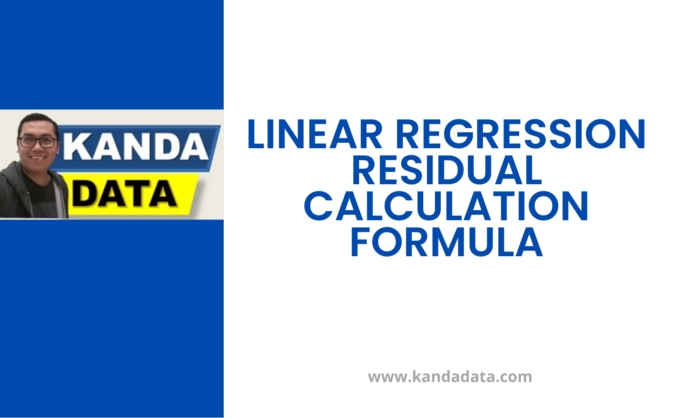Tag: Linear regression
Assumption Tests for Multiple Linear Regression on Cross-Sectional Data
In multiple linear regression analysis using cross-sectional data, there are several assumption tests that must be conducted to obtain the best linear unbiased estimator. It is crucial to understand which assumption tests are required for research utilizing cross-sectional data. This is important because the assumption tests for cross-sectional, time series, and panel data differ in some respects.
Regression Analysis on Non-Parametric Dependent Variables: Is It Possible?
In multiple linear regression analysis, the measurement scale of the dependent variable is typically parametric. However, can multiple linear regression analysis be applied to a dependent variable measured on a nominal (non-parametric) scale?
Understanding the Differences in Using R Squared and Adjusted R Squared in Research
When you choose to use linear regression analysis, it’s essential to master and understand the interpretation of the coefficient of determination. The coefficient of determination is one of the key indicators in linear regression analysis that can be used as a metric to determine the goodness of fit of a regression model.
How to Correctly Interpret a Negative Estimation Coefficient
The goal of linear regression analysis is to understand the influence of independent variables on dependent variables. The result of linear regression analysis is the regression coefficient, which indicates the size and magnitude of the influence of independent variables on dependent variables.
What to Do If the Regression Coefficient Is Negative?
Linear regression is one of the most commonly used statistical analysis techniques to understand the impact of independent variables on a dependent variable. In regression analysis, the estimated coefficients indicate the extent to which each independent variable affects the dependent variable.
Interpreting Negative Intercept in Regression
When conducting regression analysis, we obtain the intercept and coefficient estimates for each independent variable. These values, both intercept and coefficients, can be positive or negative.
Linear Regression Residual Calculation Formula
In linear regression analysis, testing residuals is a very common practice. One crucial assumption in linear regression using the least squares method is that the residuals must be normally distributed.
Can regression estimation coefficients have negative values?
In regression analysis, estimation coefficients are parameters used to understand the influence of independent variables on the dependent variable. However, an interesting question arises: Can regression estimation coefficients have negative values? In this article, Kanda Data will delve into this phenomenon and discuss its practical implications in linear regression analysis using the ordinary least squares method.



